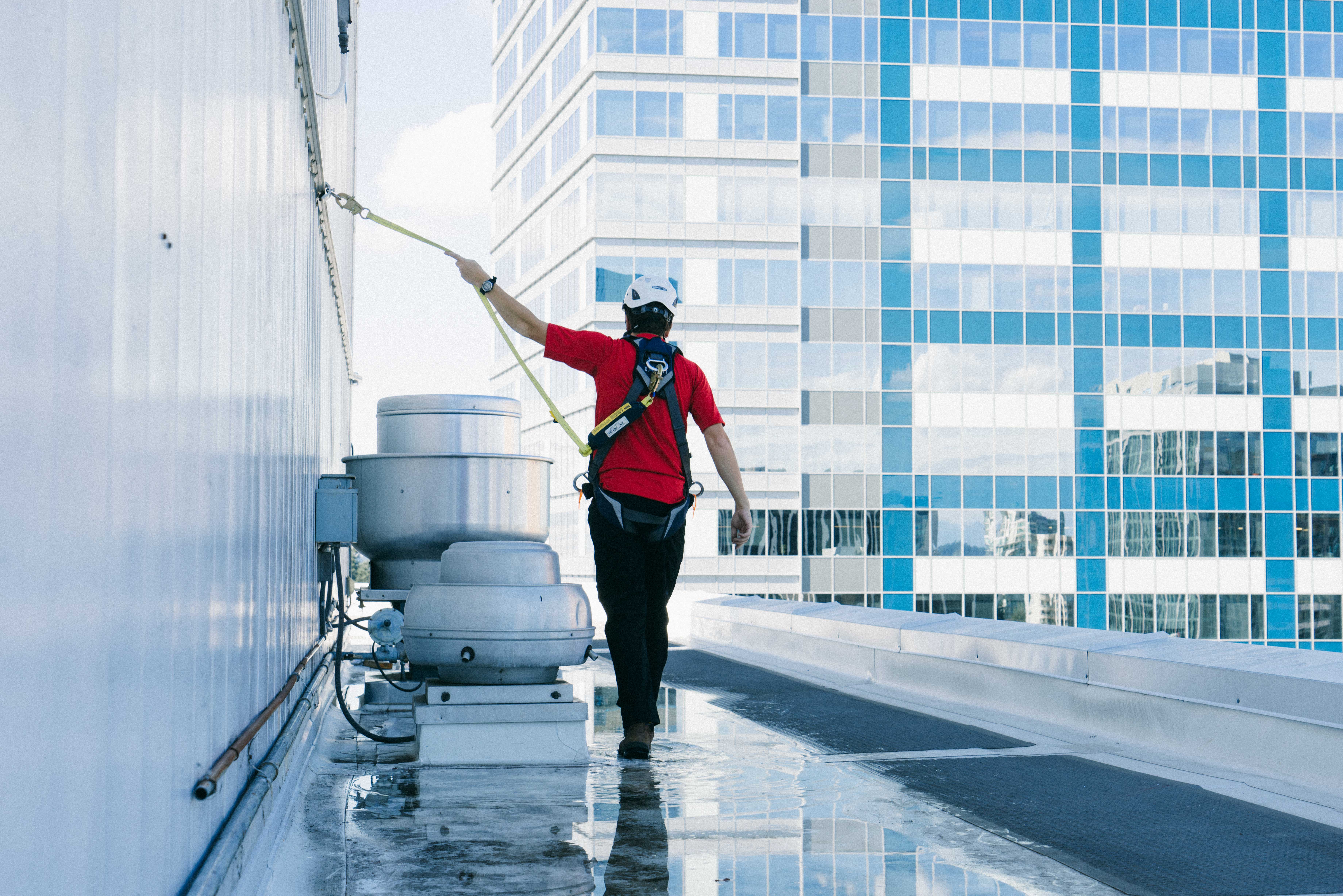What is a health and safety file for?
See also: Health and safety file.
Contents |
[edit] Introduction
The health and safety file (H&S File) is a Construction Design and Management Regulations (CDM) legislative requirement on all notifiable construction projects involving one or more contractor. It is a vital document that must be presented as part of the 'practical completion' of a construction project (the point at which the works are handed back to the client, ready for occupation). It contains information allowing future operations, cleaning, maintenance, alterations and demolition activities, to be carried out safely.
[edit] Key responsibilities
[edit] The client
The client’s duty is to ensure the principal designer (or nominated specialist provider) prepares the health and safety file and that this is reviewed and updated as the project progresses. At project completion, the client must retain the file and ensure it is made readily available to anyone who may need it. If the building is sold, the client must hand over the file to the individual or company that takes on the client duties.
[edit] Principal designer
The principle designer is responsible for preparing the health and safety file on behalf of the client, or where an external consultant is appointed, providing final sign-off of the completed file. The principle designer will liaise with the client and agree the content and structure of the file at the project outset. At project completion, the principle designer must present the updated file to the client.
[edit] Principal contractor
The principal contractor plays a secondary role in ensuring the health and safety file is fit for purpose. They must supply the principal designer (or appointed specialist provider) with any information necessary for inclusion in the file. If the principle designer’s appointment finishes before the end of the project, the contractor must deliver the file along with any other documents stipulated, directly to the client at project completion.
[edit] What information is required
The scope, structure and format of the file should be agreed between the client and the principal designer at the start of the project.
It will typically include information regarding:
- Any hazards not eliminated through the design and construction processes and how they have been addressed i.e. surveys or other information concerning asbestos or contaminated land.
- Key structural principles and safe working loads for floors and roofs.
- Hazardous materials used i.e. special coatings and lead paints.
- Removal and dismantling of installed plant and equipment.
- Equipment provided for cleaning or maintaining the structure.
- The nature and location of significant services i.e. underground cables, gas supply equipment etc.
- Information and as built drawings of the building, its plant and equipment.
[edit] What can be excluded from an H&S File?
The file should not include information that has no relevance to planning future construction work, such as;
- Pre-construction information or the construction phase plan.
- Construction phase risk assessments, method statements and COSHH assessments.
- Details for the normal operation of the completed structure.
- Construction phase accident statistics.
- Contractual documents.
- Information about structures or parts of structures that have been demolished unless there are any implications for remaining or future structures, such as voids.
- Information contained in other documents, although relevant cross references should be included
[edit] At project handover
The updated health and safety file must be presented to the client at the end of the project. It is important the client understands the structure and content of the file and its significance for any future works.
The client has a duty to retain the health and safety file and make it available to anyone who may need it for as long as it remains relevant. If the building is sold it should be passed on to the new owners and updated for any future works.
[edit] Format for handover
The file should be kept as a live document, typically over the course of a building’s life. It may be hosted electronically in the cloud, avoiding problems associated with paper copies such as loss or damage, whilst ensuring it is easily updatable and accessible.
--Createmaster 16:56, 12 Jun 2017 (BST)
[edit] Find out more
[edit] Related articles on Designing Buildings Wiki
Featured articles and news
The benefits of engaging with insulation manufacturers
When considering ground floor constructions.
Lighting Industry endorses Blueprint for Electrification
The Lighting Industry Association fully supports the ECA Blueprint as a timely, urgent call to action.
BSRIA Sentinel Clerk of Works Training Case Study
Strengthening expertise to enhance service delivery with integrated cutting-edge industry knowledge.
Impact report from the Supply Chain Sustainability School
Free sustainability skills, training and support delivered to thousands of UK companies to help cut carbon.
The Building Safety Forum at the Installershow 2025
With speakers confirmed for 24 June as part of Building Safety Week.
The UK’s largest air pollution campaign.
Future Homes Standard, now includes solar, but what else?
Will the new standard, due to in the Autumn, go far enough in terms of performance ?
BSRIA Briefing: Cleaner Air, Better tomorrow
A look back at issues relating to inside and outside air quality, discussed during the BSRIA briefing in 2023.
Restoring Abbotsford's hothouse
Bringing the writer Walter Scott's garden to life.
Reflections on the spending review with CIAT.
Retired firefighter cycles world to raise Grenfell funds
Leaving on 14 June 2025 Stephen will raise money for youth and schools through the Grenfell Foundation.
Key points for construction at a glance with industry reactions.
Functionality, visibility and sustainability
The simpler approach to specification.
Architects, architecture, buildings, and inspiration in film
The close ties between makers and the movies, with our long list of suggested viewing.
SELECT three-point plan for action issued to MSPs
Call for Scottish regulation, green skills and recognition of electrotechnical industry as part of a manifesto for Scottish Parliamentary elections.
UCEM becomes the University of the Built Environment
Major milestone in its 106-year history, follows recent merger with London School of Architecture (LSE).
Professional practical experience for Architects in training
The long process to transform the nature of education and professional practical experience in the Architecture profession following recent reports.

























